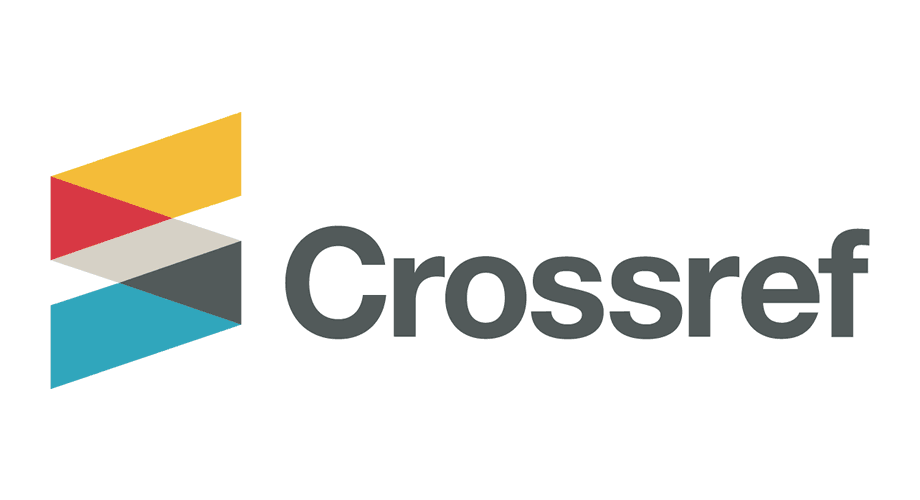Vyanga Roga in Ayurveda: Significance in Swatantra vs Partantra Vyadhi and Modern Correlation with Melasma
DOI:
https://doi.org/10.21760/jaims.10.8.20Keywords:
Vyanga Roga, Swatantra Vyadhi, Partantra Vyadhi, Ayurveda, Charaka Samhita, Melasma, Hyperpigmentation, Comparative analysisAbstract
Vyanga Roga is an Ayurvedic cutaneous disorder characterized classically by painless, dark. (Śyāva) circular patches on the face. It is described in the classics (e.g., Sushruta Samhita and Charaka Saṃhitā) as a Kṣudra (minor) disease of predominantly Rakta-Pradoṣaja (blood-influenced) nature, often linked with aggravated Pitta and Vāta. This paper examines Vyanga in the context of Swatantra (independent) and Partantra (dependent) Vyādhi classifications. A Swatantra Vyādhi is an independent disorder with its own Nidāna (etiology) and Lakṣaṇa (symptoms), whereas a Partantra Vyādhi arises secondary to another primary disease. Classical texts and modern authors (e.g., Charaka, Sushruta, Vagbhata, and contemporary scholars like Pandey) are reviewed to clarify whether Vyanga is primarily a Swatantra Vyādhi or an Upadrava (complication). Ayurvedic pathogenesis (Samprāpti) of Vyanga – involving Pitta–Rakta vitiation in the Bhrajaka Pitta channel due to stressors (e.g., Krodha/Śoka) and Śleṣhmika factors – is outlined. A comparative analysis then correlates Vyanga with modern melasma (Facial Hyperpigmentation). Melasma is an acquired hyperpigmentation of sun-exposed facial areas, disproportionately affecting women (often hormonal/pregnancy-related). Both conditions present with facial hyperchromic macules; however, their etiological models differ. In Ayurveda, Vyanga may be viewed as Swatantra (Śuddha Raktaja dyschromia) yet can occur as a Partantra (e.g., in pregnant women as an Upadrava of Garbhini Roga). This review highlights convergences (e.g., facial pigment dys-homeostasis) and divergences (Dosha-based vs. melanin-centric pathogenesis) between Vyanga and melasma, drawing on classical passages and recent studies. It underscores the importance of integrating Ayurvedic wisdom (Charaka, Sushruta) with modern dermatology to refine the understanding and management of facial hyperpigmentation.
Downloads
References
Dessinioti, C., & Katsambas, A. (2023). Melasma. In: StatPearls [Internet]. Treasure Island (FL): StatPearls Publishing.
Handel, A. C., Miot, L. D. B., & Miot, H. A. (2014). Melasma: a clinical and epidemiological review. Anais Brasileiros de Dermatologia, 89(5), 771–782.
Pallavi, G., Gupta, V. A. C., Shreevathsa, M., Chate, V. A., & Balakrishna, D. L. (2015). Clinical evaluation of Varnya Gana lepa in Vyanga (melasma). AYU (An International Quarterly Journal of Research in Ayurveda), 36(2), 183–187.
Pandey, A. (2019). Concept of swatantra and partantra vyadhi in Ayurveda w.s.r. to dosha pradhanta. World Journal of Pharmaceutical Research, 8(4), 921–929.
Rathore, P., Gupta, R., & Tiwari, V. (2019). A comparative study of Jalaukavacharana and Eladi Gana lepa in the management of Vyanga w.s.r. to hyperpigmentation. World Journal of Pharmaceutical Research, 8(13), 870–882.
Sarmah, M. J., Sharma, K. K., Sharma, P., & Juyal, P. (2021). Role of nasal instillation with an Ayurvedic polyherbal formulation in melasma: a case study. Natural Ayurvedic Medicine, 5(3), 000324.
Verma, K. K., Dasuri, V. S., & Friedmann, D. P. (2023). Melasma in the United States: A cross-sectional study of prevalence data using the All of Us database. Journal of Dermatology & Dermatologic Surgery, 27(2), 76–77.















